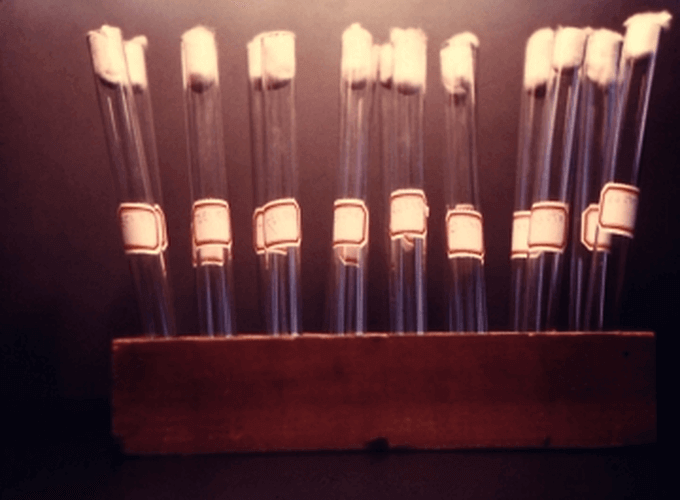ANXA4 Mouse Monoclonal Antibody (M13), clone 1D3

ANXA4 Mouse Monoclonal Antibody (M13), clone 1D3
Order ANXA4 Mouse Monoclonal Antibody M13 clone 1D3 01010847794 at Gentaur ANXA4 Monoclonal (M13) 1D3
Purchase at gentaur.comSize
0.1mg
Catalog no.
APO-000307-M13
Price
495 EUR
French translation
anticorps
Latin name
Mus musculus
Properties
If you buy Antibodies supplied by Zyagen they should be stored frozen at - 24°C for long term storage and for short term at + 5°C.
About
Monoclonals of this antigen are available in different clones. Each murine monoclonal anibody has his own affinity specific for the clone. Mouse monoclonal antibodies are purified protein A or G and can be conjugated to FITC for flow cytometry or FACS and can be of different isotypes.
Test
Mouse or mice from the Mus musculus species are used for production of mouse monoclonal antibodies or mabs and as research model for humans in your lab. Mouse are mature after 40 days for females and 55 days for males. The female mice are pregnant only 20 days and can give birth to 10 litters of 6-8 mice a year. Transgenic, knock-out, congenic and inbread strains are known for C57BL/6, A/J, BALB/c, SCID while the CD-1 is outbred as strain.
Gene
M13 bacteriophage is a virus that infects the bacterium Escherichia coli. It is composed of a circular single-stranded DNA molecule encased in a thin flexible tube made up of about 2700 copies of a single protein called P8, the major coat protein. The ends of the tube are capped with minor coat proteins. Infection starts when the minor coat protein P3 attaches to the receptor at the tip of the F pilus of the bacterium. Infection with M13 is not lethal; however, the infection causes turbid plaques in E. coli because infected bacteria grow more slowly than the surrounding uninfected bacteria. It engages in a viral lifestyle known as a chronic infection which is neither lytic or temperate. However a decrease in the rate of cell growth is seen in the infected cells. M13 plasmids are used for many recombinant DNA processes, and the virus has also been studied for its uses in nanostructures and nanotechnology.